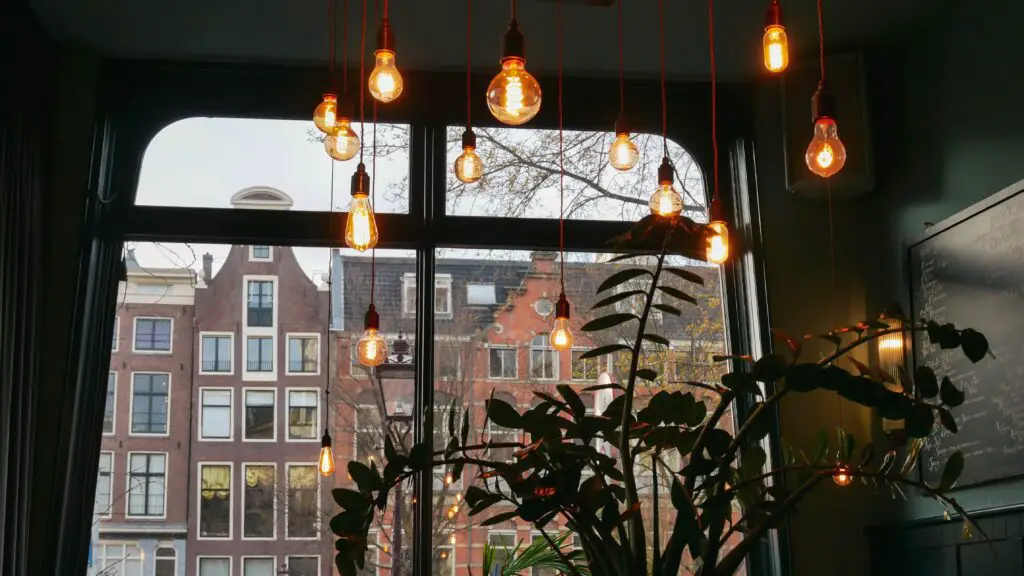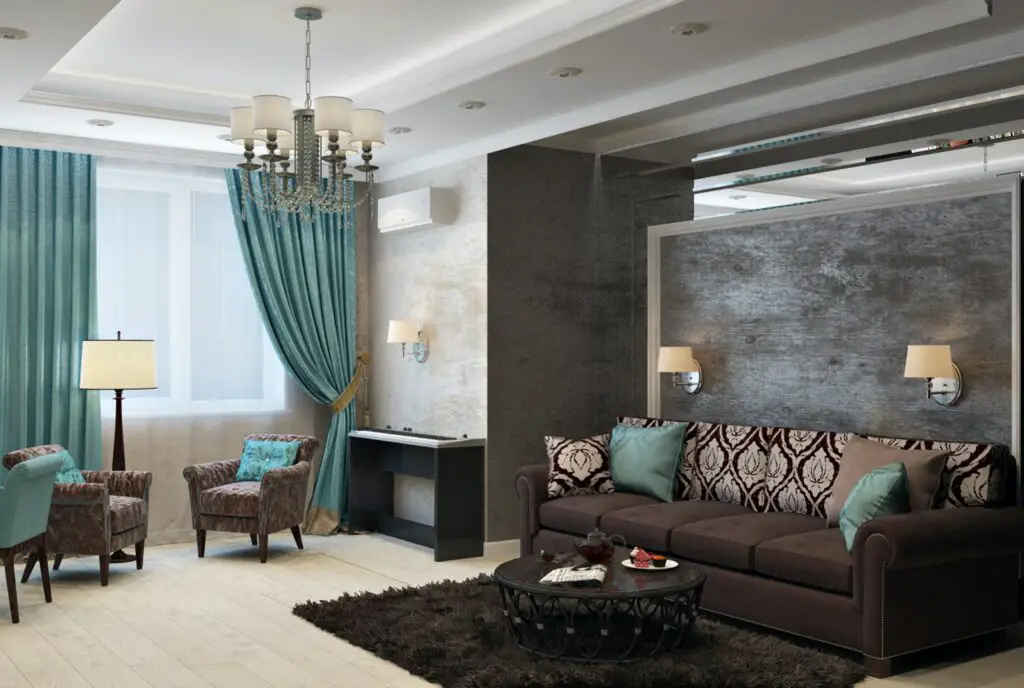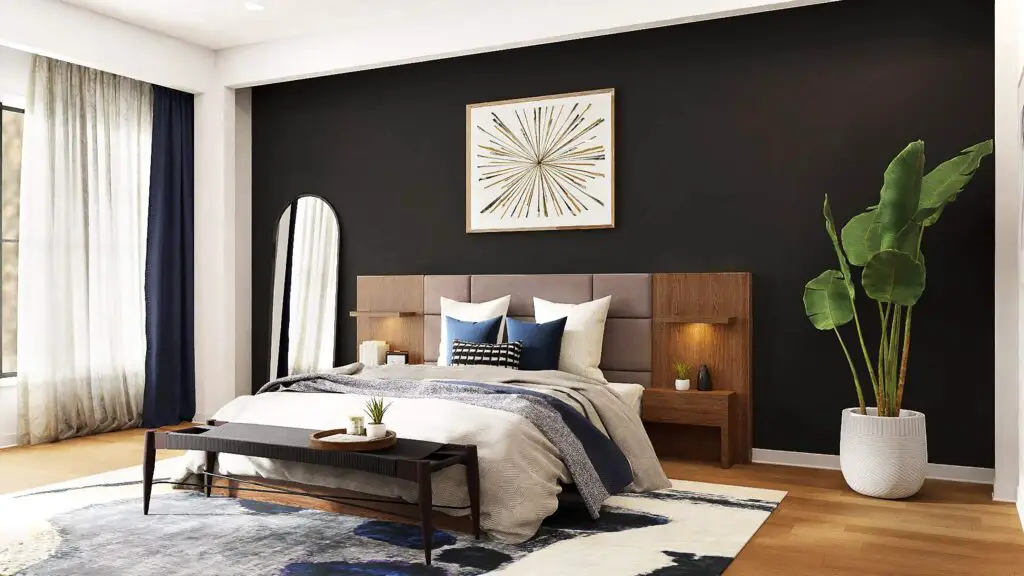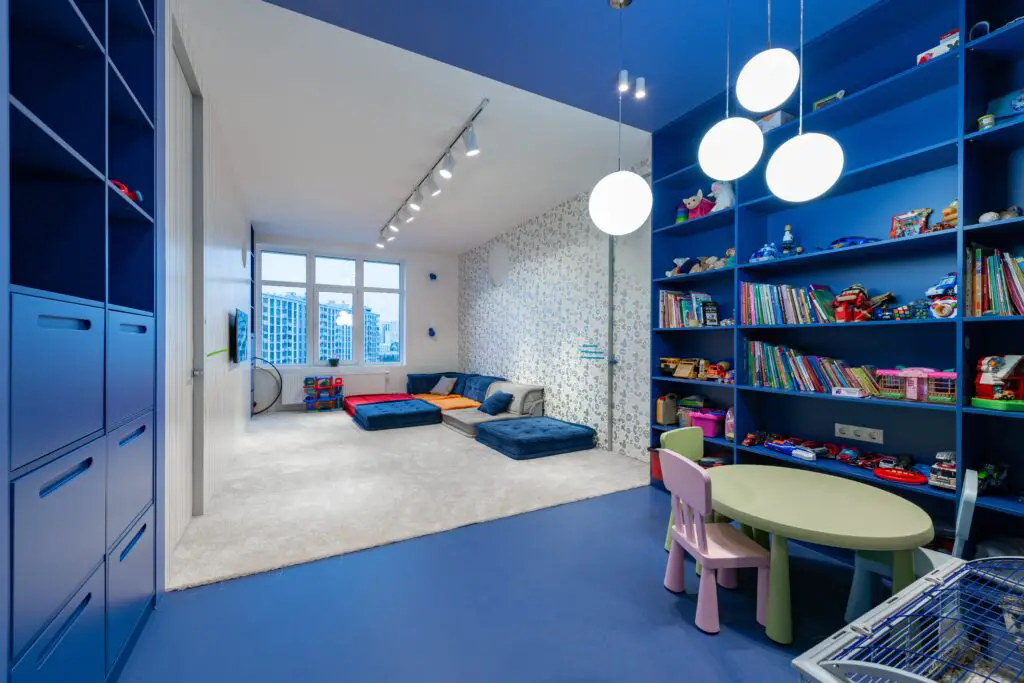When it comes to creating a warm, inviting, and visually stunning home, your choice of indoor lighting can make all the difference. The right lighting not only illuminates your space but also sets the mood, highlights key design elements, and enhances the overall aesthetics of your home decor.
In this detailed guide, we’ll delve into the world of indoor lighting, exploring various types, fixtures, color temperatures, and placement techniques to help you transform your living spaces. Whether you’re a seasoned interior designer or someone looking to spruce up your living space, this comprehensive resource will equip you with the knowledge and inspiration needed to use indoor lighting effectively for home decor.
Let’s dive in and discover how lighting can become an integral part of your home decor, elevating your living experience.
I. Understanding Different Types of Indoor Lighting
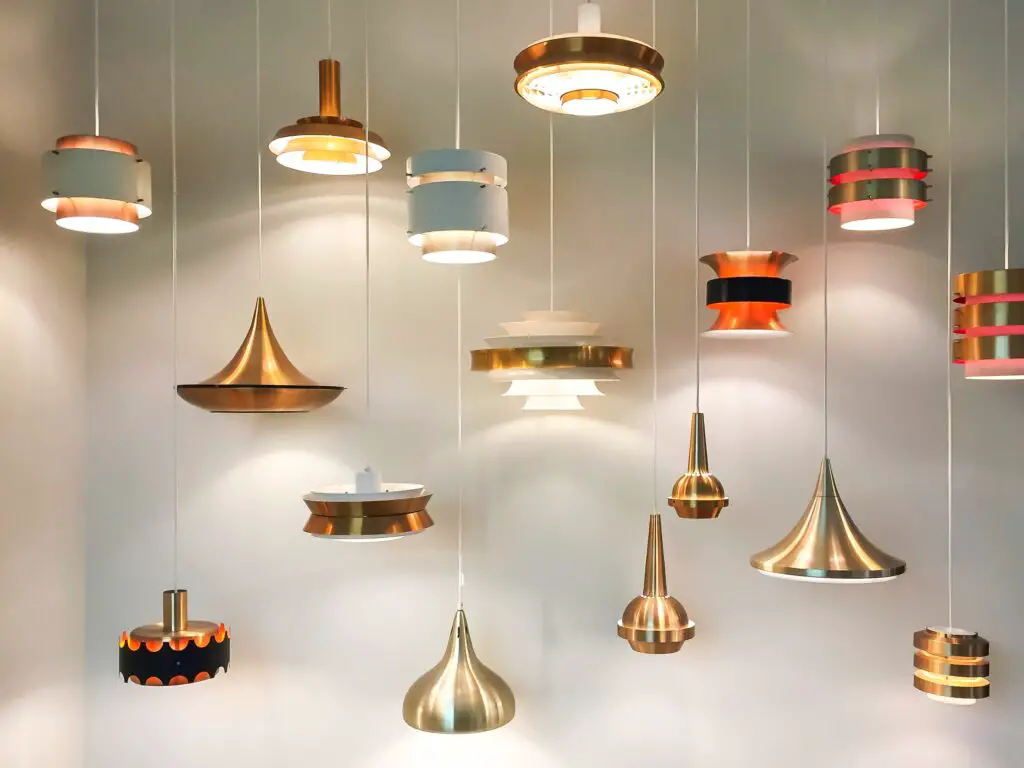
1. Natural Lighting
Natural light is the foundation of any well-lit home. It not only reduces energy consumption but also provides a sense of well-being. Here’s how you can make the most of it:
Maximizing Natural Light Sources
One of the simplest ways to enhance your home decor is by maximizing the use of natural light sources. Start by identifying where natural light enters your space and work around those areas. Remove heavy curtains or blinds that block light, and opt for sheer or light-filtering window treatments.
Window Treatments and Positioning
Consider the type and placement of your windows. Larger windows allow more natural light to flood in. To optimize this, strategically position mirrors on opposite walls to reflect and distribute the natural light throughout the room.
2. Ambient Lighting
Ambient lighting sets the overall mood of a room. It provides a comfortable level of brightness without harsh glare. To make the most of it:
Role in Setting the Overall Mood
Ambient lighting serves as the foundational layer of illumination in any room. It creates a warm, inviting atmosphere, making your home feel cozy and comfortable. To achieve this, choose fixtures that provide soft, diffused light.
Choosing the Right Fixtures
The choice of fixtures is crucial for creating the right ambiance. Chandeliers, pendant lights, and wall sconces are popular choices for ambient lighting. Consider fixtures that complement your decor style, whether it’s modern, traditional, or eclectic.
3. Task Lighting
Task lighting is essential for functionality, especially in areas where specific activities take place. Here’s how to integrate it effectively:
Enhancing Functionality in Specific Areas
Task lighting focuses on illuminating particular areas where tasks are performed. In the kitchen, for example, under-cabinet lighting can make food prep safer and more efficient. In the home office, a well-placed desk lamp reduces eye strain.
Examples of Task Lighting Solutions
In the kitchen, under-cabinet LED strips provide precise illumination for cooking and meal preparation.
In the bedroom, bedside table lamps offer focused reading light.
In the bathroom, vanity lights provide even illumination for grooming tasks.
4. Accent Lighting
Accent lighting adds drama and flair to your home decor by highlighting specific design elements or artworks:
Highlighting Decorative Elements
Accent lighting is like the jewelry of your home decor. It draws attention to artwork, sculptures, architectural details, or any focal points you want to showcase.
Creative Use of Accent Lighting
Use adjustable spotlights, track lighting, or wall-mounted fixtures to create dramatic effects. Consider color-changing LED lights to infuse vibrancy and versatility into your decor.
II. Choosing the Right Light Fixtures
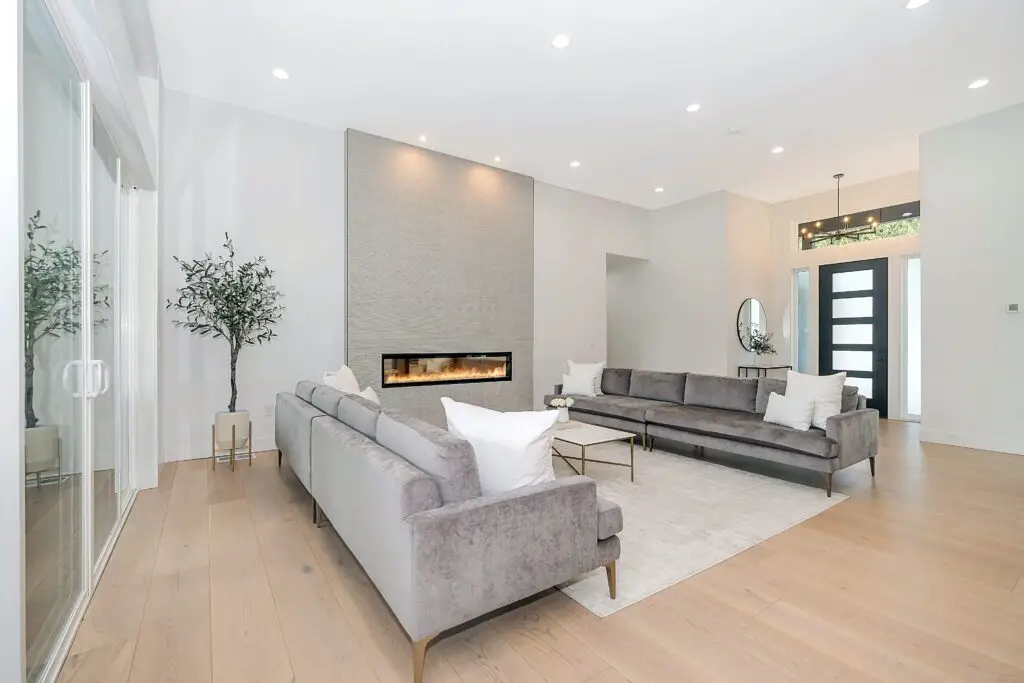
The choice of light fixtures can significantly impact your home decor. To make the right selection:
Matching Fixtures with the Room’s Purpose
Different rooms have different lighting needs. Consider the primary function of each space. For example, a dining room may benefit from a chandelier, while a home office may require task lighting.
Sizing and Scaling Fixtures Appropriately
The size of your fixtures should be proportional to the room. In larger spaces, opt for bigger fixtures to create a sense of balance, while in smaller rooms, choose smaller fixtures that won’t overwhelm the space.
Fixture Materials and Styles
The materials and styles of your fixtures should complement your overall decor theme. Whether you prefer the classic elegance of crystal chandeliers or the sleek modernity of minimalist fixtures, make sure they harmonize with the room’s aesthetics.
Energy-Efficient Options
Consider energy-efficient lighting options like LED bulbs and fixtures. Not only do they consume less electricity, but they also last longer, reducing the frequency of bulb replacements.
III. Color Temperature and Its Impact
Understanding color temperature is essential for setting the right mood in your home:
Explanation of Color Temperature
Color temperature is measured in Kelvins (K) and indicates the warmth or coolness of light. Lower Kelvin values (e.g., 2700K) create warm, cozy lighting, while higher values (e.g., 5000K) produce cooler, more energetic light.
How Different Color Temperatures Affect Mood
Warm light (2700K-3000K) is ideal for creating a cozy and inviting atmosphere in living rooms and bedrooms.
Neutral white light (3500K-4000K) suits workspaces and kitchens, providing clear visibility without harshness.
Cool white light (5000K-6500K) is best for areas where you need to stay alert, such as bathrooms and laundry rooms.
Choosing the Right Color Temperature for Each Room
Consider the function of each room when selecting color temperatures. A mix of warm and neutral lighting can create a balanced, harmonious atmosphere throughout your home.
IV. Layering Lighting for Optimal Effect
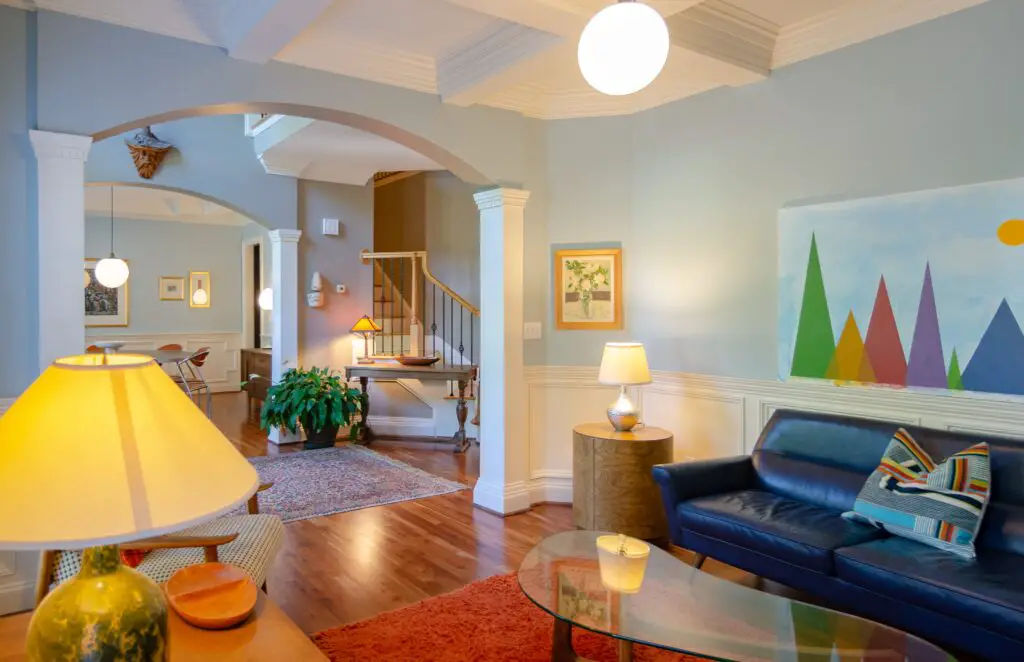
Layering different types of lighting can transform your space:
Layering Ambient, Task, and Accent Lighting
Layering involves combining ambient, task, and accent lighting to create depth and dimension in your room’s lighting design.
Techniques for Layering Light Effectively
- Use dimmers to adjust the brightness of each layer.
- Consider the room’s layout and how different layers will interact.
- Experiment with different combinations to find the perfect balance.
Creating Focal Points with Lighting
Use accent lighting to draw attention to specific areas, such as a beautiful piece of art or a striking architectural feature.
V. Lighting Control Systems
Modern lighting control systems offer convenience and energy savings:
Smart Lighting Options
Smart lighting systems, like those controlled by smartphone apps or voice assistants, allow you to customize lighting levels and color temperatures with ease.
Dimmers and Switches
Traditional dimmer switches provide manual control over light levels. Installing dimmers can help you tailor the lighting to your needs and mood.
Timers and Automation
Set timers or use automation to schedule lighting changes throughout the day. This not only enhances convenience but also adds an extra layer of security to your home.
VI. Lighting Placement and Positioning
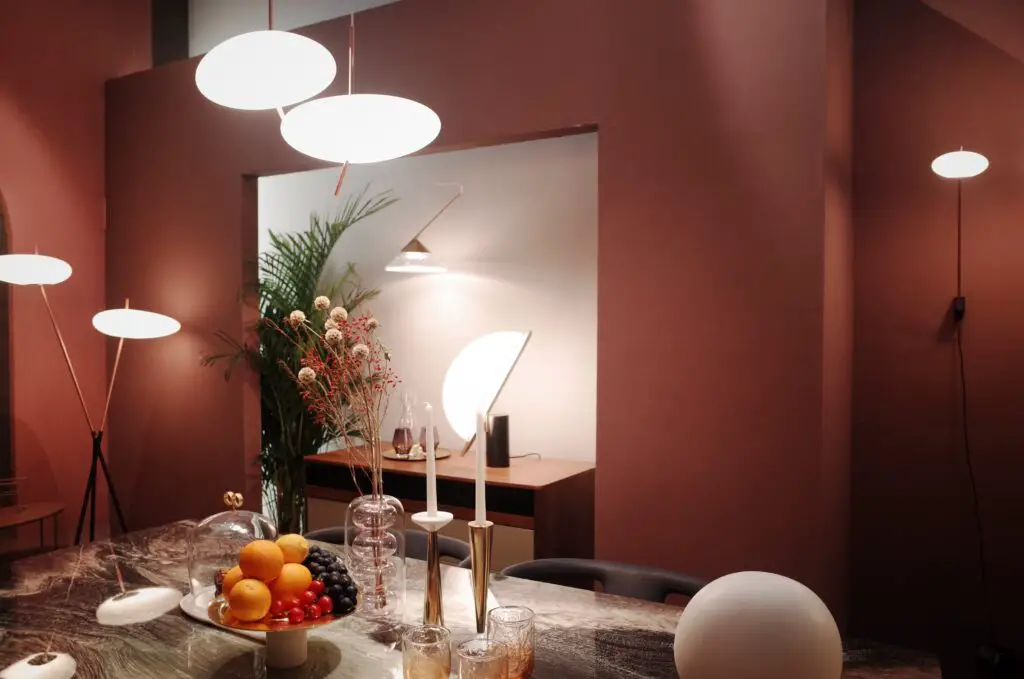
Proper placement and positioning of fixtures are key to achieving the desired lighting effects:
Proper Fixture Placement
Consider the function of the room and the specific tasks performed in it when placing fixtures. For example, in the kitchen, pendant lights over the island can provide task lighting.
Height and Angle Considerations
Pay attention to the height at which fixtures are installed. Pendant lights should typically hang 30 to 36 inches above a dining table, while wall sconces should be mounted at eye level for optimal effect.
Avoiding Common Lighting Mistakes
Be cautious of common mistakes such as installing fixtures too close together or using excessively bright bulbs. These errors can lead to discomfort and detract from your decor.
VII. Lighting for Different Rooms
Each room in your home requires a unique lighting approach:
Living Room
- Use a combination of floor lamps, table lamps, and wall sconces for layered ambient lighting.
- Highlight artwork or a feature wall with accent lighting.
- Incorporate dimmable fixtures to adjust the mood for movie nights or gatherings.
Kitchen
- Install under-cabinet lighting for countertop tasks.
- Use pendant lights or a chandelier over the kitchen island for ambient lighting.
- Consider LED strip lights in drawers and pantries for easy visibility.
Bedroom
- Opt for soft, warm lighting to promote relaxation.
- Bedside lamps with dimmers provide adjustable reading light.
- Consider wall-mounted fixtures to save bedside table space.
Bathroom
- Use vanity lighting on both sides of the mirror to reduce shadows.
- Install waterproof LED fixtures in the shower for safety and aesthetics.
- Consider color-changing LEDs for a spa-like ambiance.
Home Office
- Place task lighting directly over the workspace.
- Use adjustable desk lamps for focused illumination.
- Ensure that the lighting reduces glare on screens to reduce eye strain.
VIII. DIY Lighting Projects and Upgrades
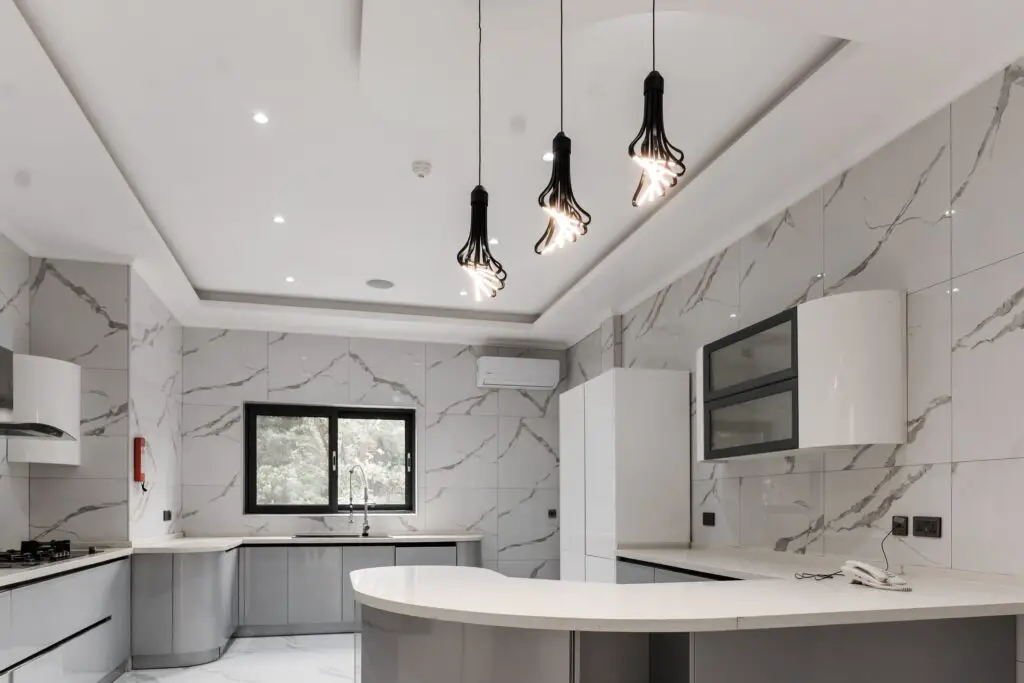
Enhance your home decor with these DIY lighting ideas:
Simple DIY Lighting Projects
- Create a unique pendant light using recycled materials.
- Upgrade existing fixtures with paint or new shades.
- Craft your own candle sconces for a touch of rustic charm.
Budget-Friendly Lighting Upgrades
- Replace old bulbs with energy-efficient LED bulbs.
- Swap out outdated fixtures with stylish, cost-effective options.
- Refurbish thrifted lamps for a personalized touch.
Safety Precautions for DIY Electrical Work
If you plan to undertake electrical DIY projects, always prioritize safety. Turn off the power at the breaker before working on any electrical components, and consider consulting a professional if you’re unsure.
IX. Maintenance and Sustainability
Ensure your lighting remains in top condition while being environmentally conscious:
Cleaning and Maintaining Light Fixtures
Regularly dust and clean light fixtures to maintain their appearance and functionality. Follow manufacturer guidelines for care.
Replacing Bulbs and Fixtures
When bulbs burn out or fixtures become damaged, replace them promptly to maintain consistent lighting quality.
Sustainable Lighting Options
Consider sustainable lighting options such as LED bulbs, solar-powered fixtures for outdoor lighting, and fixtures made from eco-friendly materials.
Conclusion
Using indoor lighting to enhance your home decor is both an art and a science. By understanding the different types of lighting, choosing the right fixtures, and mastering the nuances of color temperature and placement, you can create a living space that’s not only beautifully illuminated but also perfectly suited to your lifestyle.
Don’t be afraid to experiment and personalize your lighting design. With the knowledge gained from this guide, you can transform your home into a welcoming, comfortable, and aesthetically pleasing haven that truly reflects your unique style and preferences.
Your journey to a more beautifully lit home starts here. Illuminate your surroundings and elevate your living experience with the power of indoor lighting.
Frequently Asked Questions
1. How can lighting be used to enhance interior decoration?
Lighting can enhance interior decoration by providing illumination that complements the room’s purpose and style. It sets the mood, highlights design elements, and creates a warm and inviting atmosphere.
2. How does lighting play a role in interior design?
Lighting plays a pivotal role in interior design by providing both functional and aesthetic benefits. It influences the perception of space, accentuates architectural features, and affects the mood and ambiance of a room.
3. How do you use lighting design to transform your home?
To transform your home with lighting design, consider the types of lighting you need for each space, choose fixtures that align with your decor style, and pay attention to factors like color temperature and placement to create the desired atmosphere.
4. What kind of lighting is the best to be used for interior design?
The best lighting for interior design includes a combination of natural, ambient, task, and accent lighting. The specific fixtures and color temperatures you choose should align with the room’s purpose and your design preferences.
5. Why is it important to have good lighting at home?
Good lighting at home is essential for various reasons. It enhances safety, creates a welcoming atmosphere, facilitates tasks, highlights decor elements, and positively impacts mood and well-being.
6. What are the 4 types of lights in home decor?
The four main types of lights in home decor are natural lighting, ambient lighting, task lighting, and accent lighting. Each serves a specific purpose in enhancing the aesthetics and functionality of a space.
